I’ve never seen two old love birds like Billy and Imelda. They’re not exclusive, mind you. Billy continues to cavort with plenty of other hens, but Imelda has a special place in his heart. They spend a lot of time together, and this afternoon when I saw Billy standing in the doorway of one of the doghouses, I went to investigate what he was doing.

He was watching out for Imelda, who was in the doghouse to lay an egg. He hovered around her for half an hour or so.
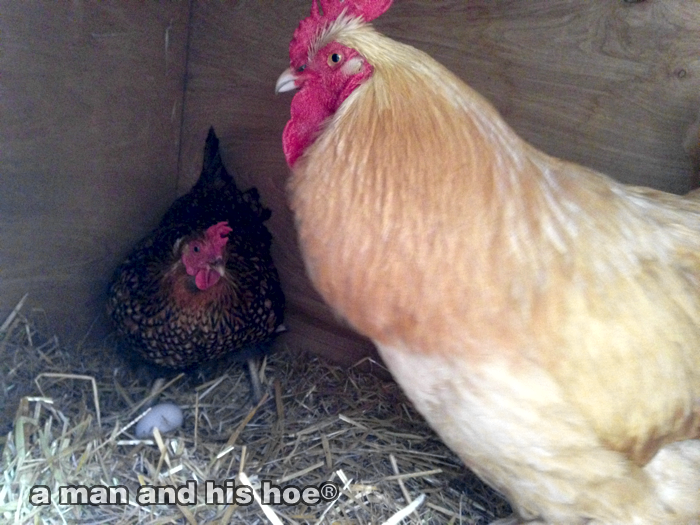
He was right next to her when she laid this egg.

And afterwards, he followed her around. The two make a touching pair. He is five years old and she is four. For chickens, they are well into middle age.
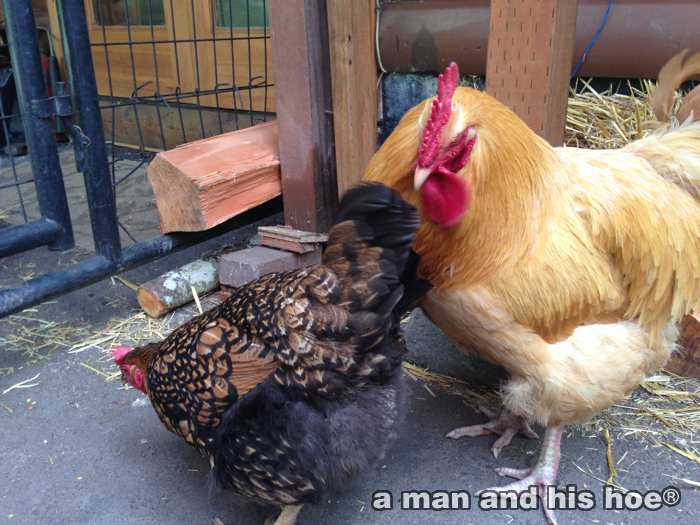
There is more going on in their tiny brains then we realize.
Month: April 2014
-
Old Love Birds
-
The Beauty of Growing Produce
Growing vegetables and fruits is like living in an art museum. Every time I step out into the vegetable patches to weed, thin, and pick vegetables, there is more beauty than I can possibly absorb.
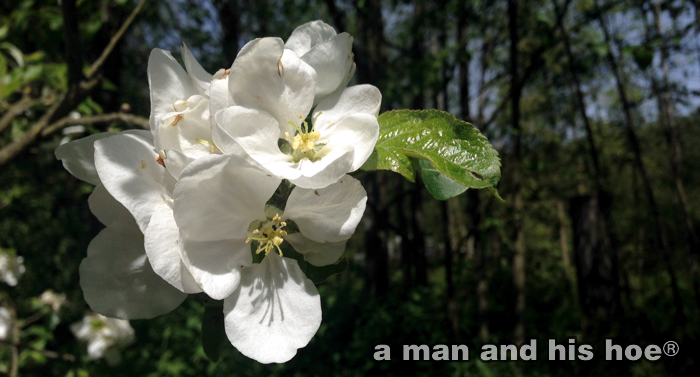

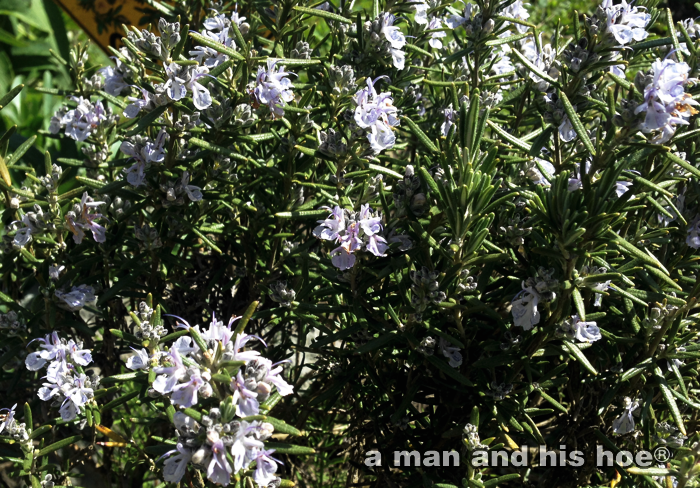
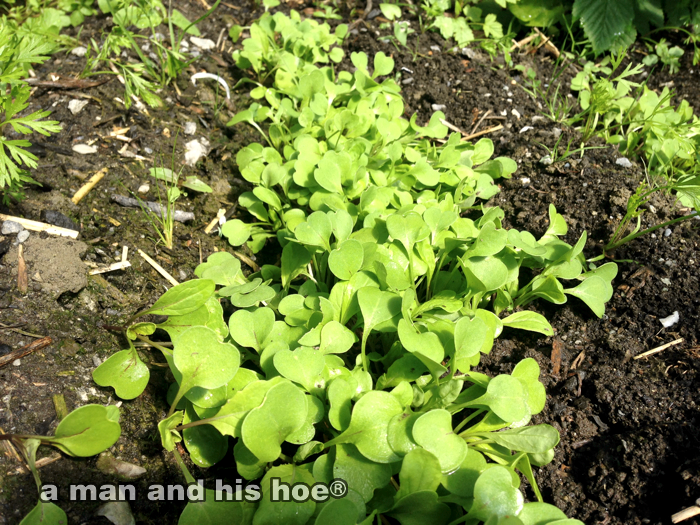
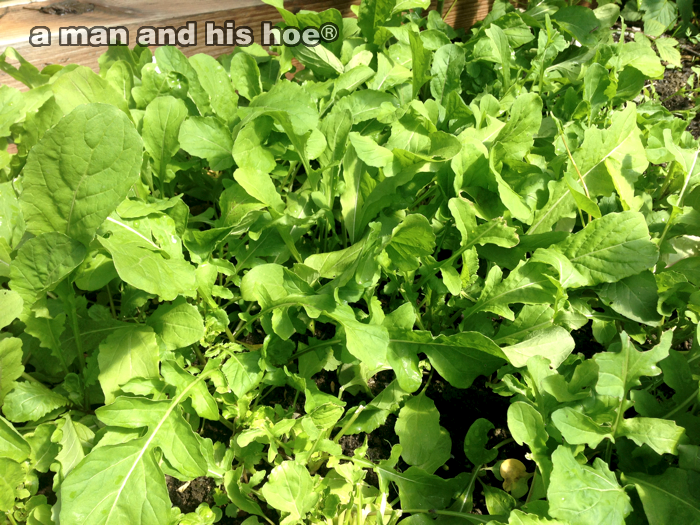

There are many artists who are known for the flowers they draw. Where are the artists painting growing salad greens or blooming herbs?
-
Teaching Them to Feed
Chicks will grow up without a mother hen to teach them how to feed. But when they do have one, they follow her around everywhere, watching what she is doing, what she eating, how she is digging it up, and finding out what she finds especially delicious.
[wpvideo QbqTWTwC] -
Dandelions
Biking home from the post office this afternoon, I had to stop and take some photos of a field full of dandelions.







Look closely at each dandelion, and you quickly realize that it would take hours and hours for a person to make one flower. Each of the hundreds of seeds on a single flower has a fine stem. At the end of these stems are 30 to 40 fine threads attached which form the parachute the seeds use to fly away.
How long would it take to make one parachute and attach it to one seed? How long would it take to make the hundreds required for one flower? How about making the tens of thousands to decorate a single field?
And yet, no one has to lift a finger to make a field of dandelions so beautiful you just have to stop to take a look.
-
The Continuing Evolution of Genes
Carl Zimmer writes today in the New York Times in The Continuing Evolution of Genes that scientists used to believe that the some 20,000 genes we all have, came from our parents, which came from their parents, and on backwards to the very first forms of life. And that the genes all organisms have, can be traced back to these original genes.
The thinking was that at first there were just a few genes, and at times when they duplicated, making two copies of the same genes, which over time evolved into different genes, hence the increasing number and complexity of genes we now find.
With new genes evolving from earlier ones, it would be possible to compare the genes and see which genes came from which genes.
But when scientists gained the ability to read DNA sequences, they discovered that though most genes were duplicated versions of earlier ones, there were also a number of genes which were unique to a species. They called these orphan genes de novo genes. Unlike most genes which have been passed down through the generations for billions of years, de novo genes came into being much later.
Carl Zimmer’s article explains how these orphan genes came into existence, and the role they play in evolution. The article is worth a read. It also has a podcast with a segment describing the origin of genes.
One thing I am trying to find is a scientist who is researching how instinct is encoded in DNA. The first time one of my hens hatched and raised a clutch of chicks, it made me wonder how she knew how to that. She was a hatchery chick and raised without a mother. So how did she know that if she sat on an egg for 21 days that they would hatch. And all of the hens I’ve observed, use the same calls for danger, here’s good food, be quiet, etc. And all the chicks know from birth what these calls mean.
So how is all that complex behavior inscribed on DNA? I’ve come up with many scientists researching genetic behavior and trying to determine what behavior is genetic and what is learned. And scientists knocking out genes in organisms like flies to see how those genes affect fly behavior and the like. But I’ve yet to find the scientists looking at the GATC letters of specific DNA to tease out how complex behavior is carried by DNA from generation to generation. I’m sure it is extremely complicated, but hopefully there is a scientist out there who is studying this and can explain how nature does this amazing feat.